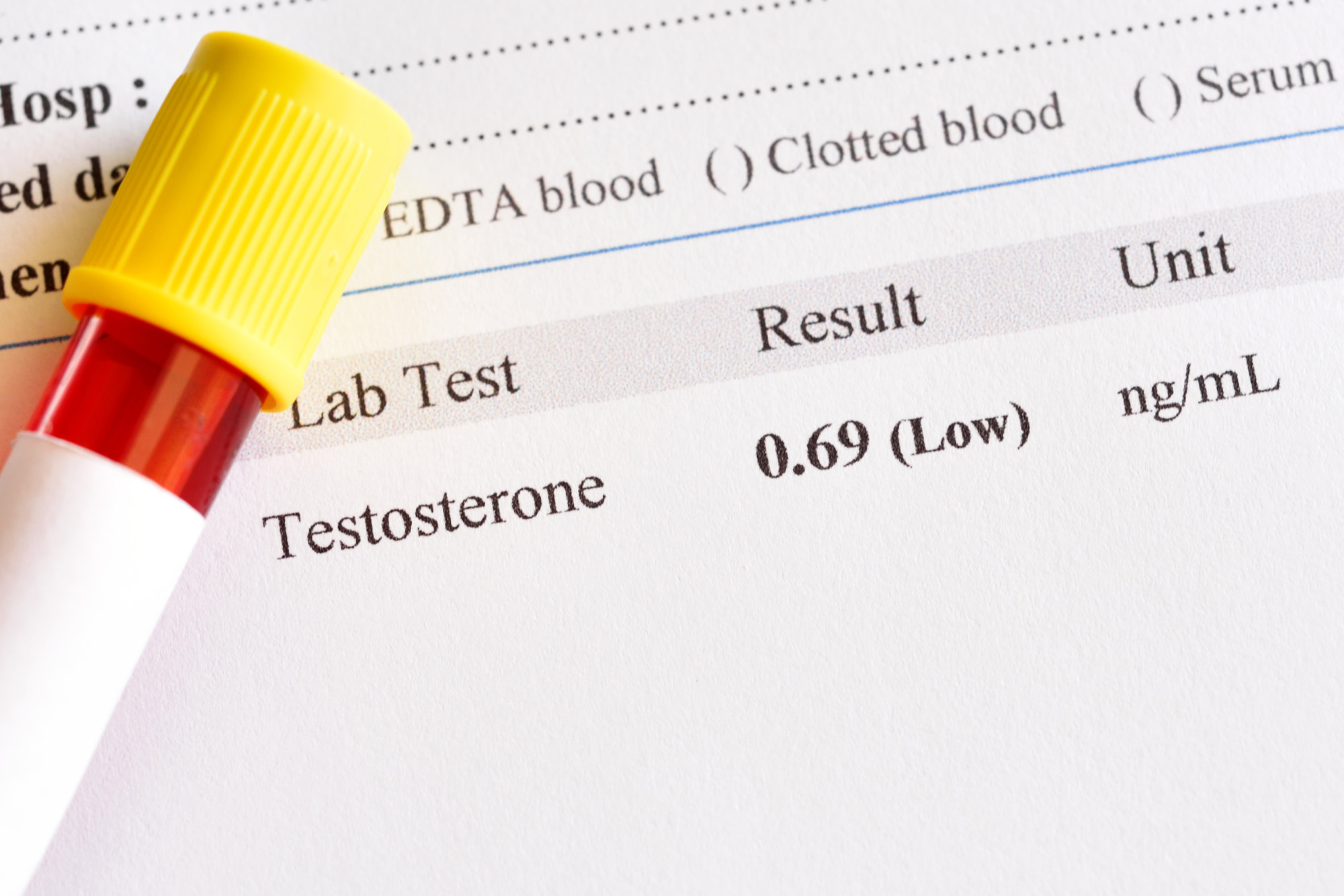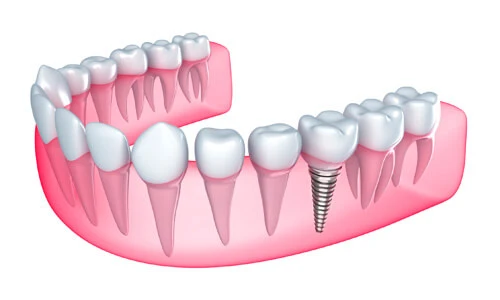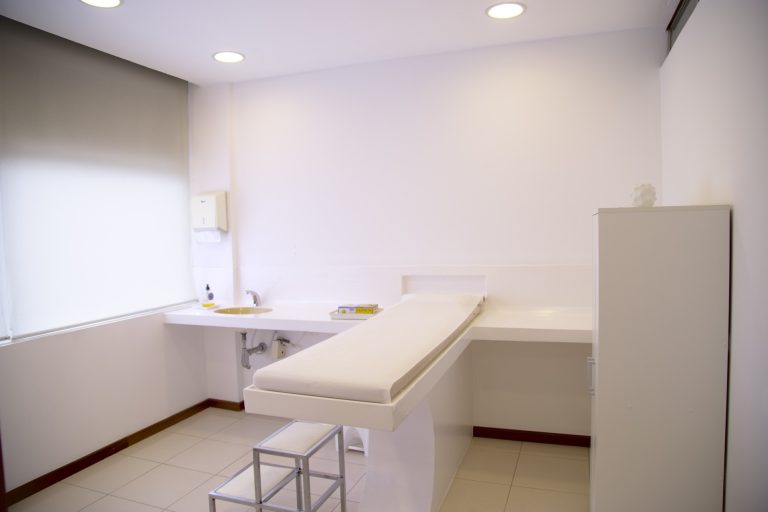A Guide to the Testosterone Replacement Therapy Recovery Process
Growth, speed, and stamina—all the traits of an alpha male. But what would happen if one day you noticed these things were rapidly dwindling? Not to worry because, in reality, 35% of men over 45 are regarded as hypogonadal.
You’ve likely heard of testosterone replacement therapy but fear the long and arduous recovery process. Finding your way back to being your best self can be daunting. With the correct information and approach, it can be a smooth journey.
Discover the secrets to testosterone recovery replacement in this comprehensive guide. Take these steps to restore your optimum health.
Preparation: What is TRT?
Testosterone Replacement Therapy (TRT) has been used to treat low testosterone levels in men. Depending on the person, TRT for men might not be the right choice. It’s critical to have all the facts and discuss them with your doctor before making any decisions.
You should be aware of the potential side effects, including acne and hair loss, which can affect some people. You’ll also need to prepare for regular follow-up visits with your doctor for blood tests to check your testosterone levels. Diet and lifestyle changes may be necessary to give the best chance of success.
Understanding TRT is important, and you can check these complete solutions for low testosterone if you need more info. TRT is a long-term commitment, and you must be prepared to stick it out if you’re looking for the benefits it may provide.
Coping with Side Effects
TRT recovery process begins right after the first treatment and can take several weeks to feel its full effects. In the first few weeks, the body needs to adjust to the new higher level of testosterone and the beneficial changes it can bring. During this period, it is important to receive regular blood tests to track testosterone levels and adjust the dose if needed.
Men need to understand the common side effects and how to manage them. Proper hydration, rest, and good nutrition can help mitigate side effects and reduce discomfort. It is also crucial to invest in measures such as relaxation and mindfulness that help reduce stress and tension in the body.
It is also helpful to have an open dialog with your doctor or healthcare provider for any uncomfortable symptoms or any extra treatment that may be needed.
Having a Long-Term Outlook
Be mindful of any potential changes in your body due to therapy, and talk to your doctor if unexpected symptoms arise. Also, remember that some initial side effects may still occur in the long term. Above all, remain patient and don’t rush your recovery time.
With the right approach, you can manage the transition of testosterone replacement therapy for a brighter future.
Discover the Secrets to Testosterone Recovery Replacement
Testosterone replacement therapy is a safe and effective solution to restoring healthy hormone levels. A complete recovery replacement is achievable by preparing and understanding the TRT process, coping with side effects, and having a long-term positive outlook. Take steps towards health and longevity today!
Read our blog for more informational articles like this!






